Rising Focus on Patient Safety
Patient safety remains a paramount concern in healthcare, significantly influencing the surgical instrument-tracking-system market. The increasing incidence of surgical errors related to instrument mismanagement has prompted healthcare providers to adopt advanced tracking solutions. These systems enhance accountability and traceability, ensuring that all instruments are accounted for before, during, and after surgical procedures. As hospitals strive to meet stringent safety standards, the adoption of tracking systems is likely to rise. Reports indicate that facilities utilizing these systems can improve compliance with safety protocols by over 25%, thereby reducing the risk of adverse events and enhancing patient trust in surgical practices.
Shift Towards Value-Based Care
The surgical instrument-tracking-system market is influenced by the ongoing shift towards value-based care in the healthcare sector. This model emphasizes quality over quantity, encouraging healthcare providers to improve patient outcomes while managing costs effectively. Tracking systems play a crucial role in this transition by ensuring that surgical instruments are utilized efficiently, thereby reducing waste and enhancing the quality of care. As hospitals aim to demonstrate value to payers and patients alike, the adoption of these systems is likely to increase. Analysts predict that the market could see a growth trajectory of approximately 12% as healthcare providers seek to align their operations with value-based care principles.
Increasing Regulatory Pressures
Regulatory pressures are a significant driver in the surgical instrument-tracking-system market, as healthcare facilities face stringent compliance requirements. Regulatory bodies are mandating improved tracking and documentation of surgical instruments to enhance patient safety and accountability. This has led to a growing recognition of the importance of tracking systems in meeting these regulatory standards. Facilities that fail to comply may face substantial penalties, which further incentivizes the adoption of tracking solutions. The market is likely to see an increase in demand as hospitals strive to align with these regulations, potentially leading to a market growth rate of 10% annually as compliance becomes a priority.
Growing Demand for Operational Efficiency
The surgical instrument-tracking-system market experiences a notable surge in demand driven by the need for operational efficiency within healthcare facilities. Hospitals and surgical centers are increasingly seeking solutions that streamline instrument management, reduce surgical delays, and enhance overall workflow. The implementation of tracking systems can lead to a reduction in instrument loss and misplacement, which historically has been a significant issue. According to industry estimates, hospitals that adopt these systems can potentially reduce instrument-related costs by up to 30%. This growing emphasis on efficiency not only improves patient outcomes but also optimizes resource allocation, making it a critical driver in the surgical instrument-tracking-system market.
Technological Advancements in Tracking Solutions
The surgical instrument-tracking-system market is propelled by rapid technological advancements that enhance the functionality and efficiency of tracking solutions. Innovations such as real-time tracking, cloud-based data management, and integration with existing hospital information systems are becoming increasingly prevalent. These advancements not only improve the accuracy of instrument tracking but also facilitate better data analytics and reporting capabilities. As hospitals invest in modernizing their surgical environments, the market for these advanced tracking systems is expected to grow. Projections suggest that the market could expand at a CAGR of 15% over the next five years, driven by these technological improvements.


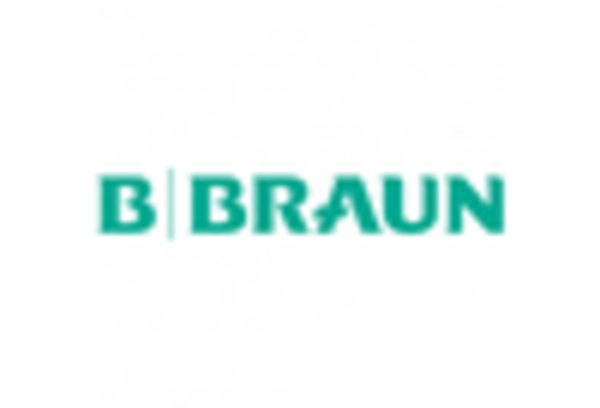
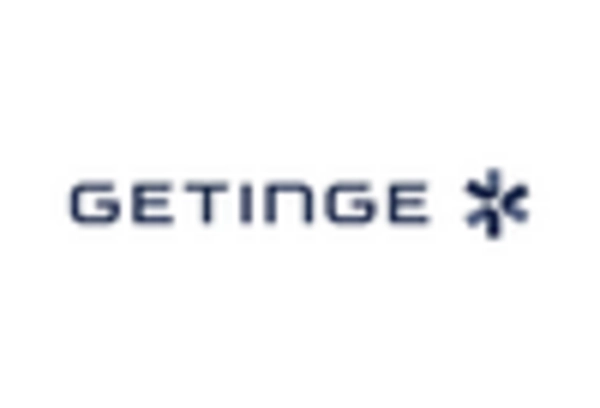

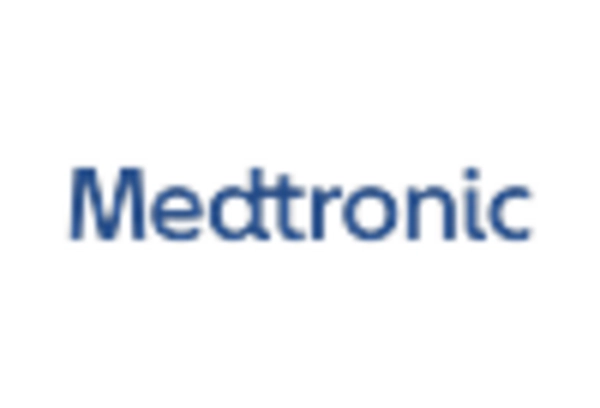
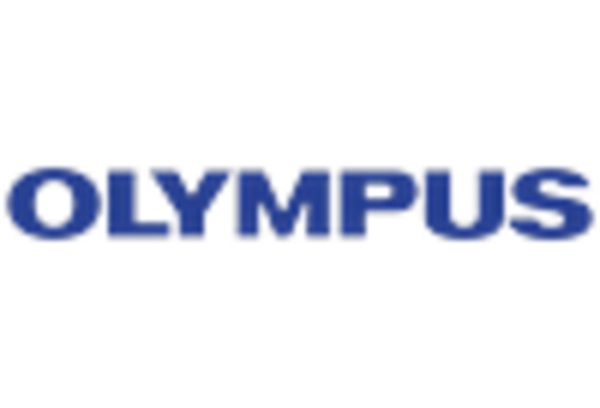
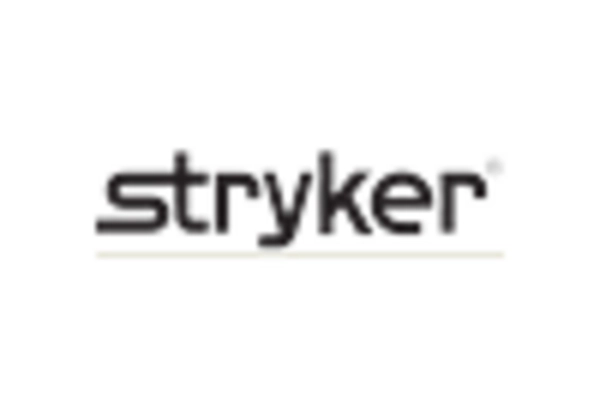








Leave a Comment